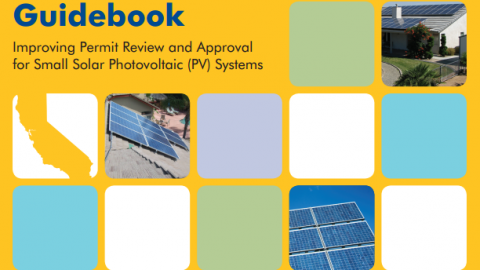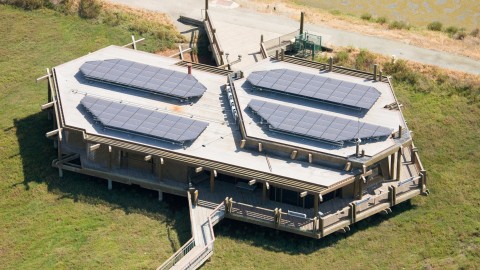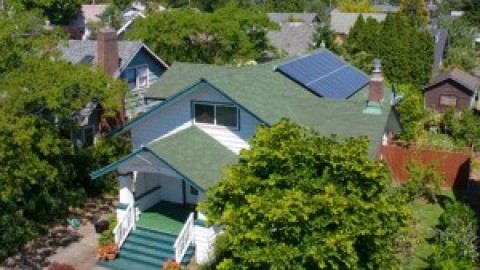Market trend
ASTI Newsletter |February 2014 Edition | By Rachel Liesching
As consumer demand for clean energy continues to rise, an increasing number of credit unions and local banks are taking the initiative to make solar more accessible than ever. Within Solar Roadmap jurisdictions and beyond, community-based financial institutions are providing low-interest loans that enable customers to spread the upfront costs of a solar photovoltaic (PV) system over time, making it more affordable to purchase PV systems outright.
Community-based loan programs are a recent addition to the ever-growing menu of solar financing options, and offer attractive terms: loan programs for “green” home improvements often possess lower interest rates, longer repayment schedules, and better terms than private lenders and traditional lines of credit. These types of loans can be administered directly through governments and utilities, which may offer on-bill repayment arrangements, or through private financial institutions.
A review of green loan programs offered by three California credit unions in participating Solar Roadmap jurisdictions—Educational Employees Credit Union in the greater San Joaquin Valley region, Matador Community Credit Union in northern Los Angeles County, and the Santa Cruz Community Credit Union—reveals that a no-fee 15-year loan term can be acquired with an fixed APR of between 6 and 7 percent, with lower rates available for shorter terms. In contrast to home equity lines of credit, whose interest rates may vary through the life of the loan, these programs offer fixed rates without the risk of borrowing against one’s own home.
Umpqua Bank, which operates in Oregon and southern Washington, offers similar terms in its GreenStreet program for renewable energy and energy efficiency improvements. There are no upfront fees for the applicant, and loans may be supported by a borrower’s credit worthiness, rather than collateral such as property.
A number of utilities offer yet another innovative community-based financing mechanism for energy upgrades. OBR programs, an acronym for on-bill repayment or on-bill recovery, are established by utilities in partnership with third-party financial institutions and allow customers to pay for solar PV systems and other improvements over time via a direct charge on their utility bill. New York State Energy Research and Development Authority, a Solar Roadmap regional partner, structures its On-Bill Recovery Financing Program so that the projected cost savings of energy upgrades exceed the repayment amount.
In addition to accommodating repayment periods and flexible terms, community-focused loan programs allow customers to maintain direct ownership of a solar PV system and thus reap the full benefits of federal and state solar tax credits, as well as existing rebates and incentives (see a full list of available solar tax credits and incentives by state.) Such programs fill a crucial gap in direct ownership financing for residential and commercial property owners, as Property Assessed Clean Energy (PACE) programs, another financing option that allows PV system owners to repay their loan through a special assessment on property taxes, but are primarily available to the commercial sector in a handful of jurisdictions across the country.
As green loan programs complement many jurisdiction’s sustainability goals as well as Renewable Portfolio Standards, several programs have been sponsored or supported by Solar Roadmap cities and utilities that share the same geographic territory. In the City of Santa Cruz, Santa Cruz Community Credit Union’s Get Green Loan program initially emerged from the City and County of Santa Cruz’s energy independence pilot program. Though the program operates independently and receives no municipal funds, it was crafted by the City, SCCCU, and the local nonprofit Ecology Action to serve as a bridge between the City’s ambitious clean energy goals and the wider community.
The Solar Roadmap provides general solar financing resources, as well as community-specific financing information on each participant’s page. These resources are available to assist jurisdictions with additional marketing and outreach efforts in their communities. Likewise, the team can help to replicate the successes of our participants’ previous efforts by establishing working groups that bring together private and public stakeholders to promote local financing solutions.
For more information on local financing options, contact ASTI@solarroadmap.






